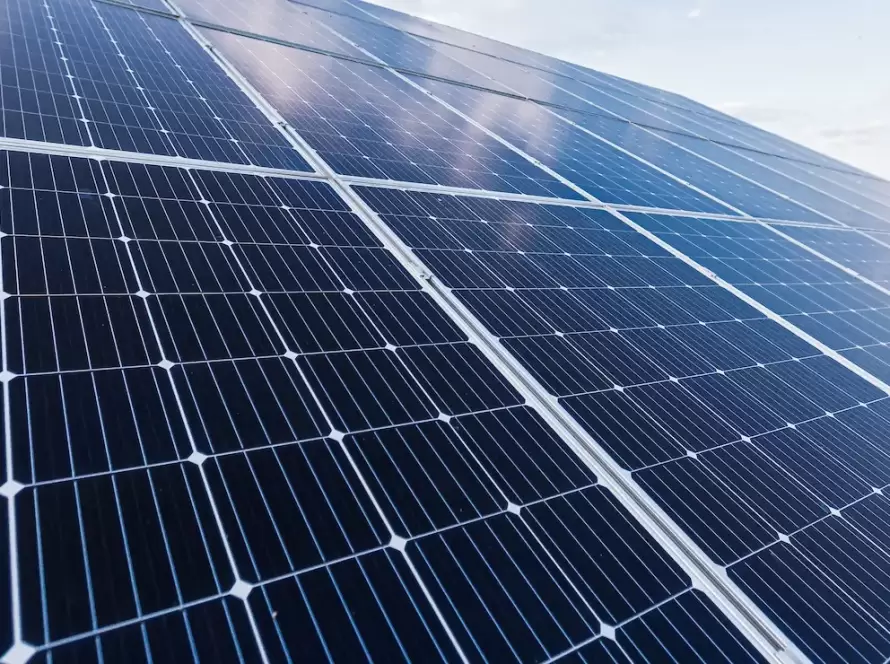An international research group claims that raw materials and land availability do not present a real barrier for a global energy system with solar at its center. They said that forecasts for PV growth should not have their axis on utility-scale power plants and instead consider vertical PV, agrivoltaics, and floating PV as the source of future big market volumes.
 Image: Eltantawi, Pixabay
Image: Eltantawi, Pixabay
Solar energy could theoretically cover the world’s electricity demand by just 0.3% of its land area. This is one of the main conclusions of new research by a group of academic institutions, led by Aarhus University in Denmark. The researchers claim that raw materials and land availability will not present real barriers to PV in its race to dominate the global energy landscape.
The scientists claim that, for an average annual generation for solar of 1,370 kWh/kW, 38 million hectares would be needed. They noted that the world has a total area of 13,003 million hectares.
“Hence, our current electricity consumption could be supplied by solar PV covering 0.3% of the available land,” researcher Marta Victoria told pv magazine.
The researchers said conventional assumptions about global PV deployment for the years to come are generally based on land cover and cost projections that chiefly consider classic, densely packed, utility-scale power plants. They claim such projections ignore the potential of vertical PV, floating installations, agrivoltaics, and building-integrated arrays, as well as other innovative PV system configurations.
“Nevertheless, these embryonic applications show that there is still room for innovation at the system level,” the academics said. “In summary, although available land can limit solar PV at local levels, it will not be a limitation at a larger scale, and therefore, we recommend that models include accurate and up-to-date constraints based on materials and land availability.”
The scientists described their findings in “Solar photovoltaics is ready to power a sustainable future,” which was recently published in Joule. They said the efficiency of solar cell technologies will improve significantly in the future, and that could help to address land-limitation issues in specific locations. They also claimed that raw material availability might only be an issue only for thin-film PV tech, and not for crystalline silicon cells, which currently account for 95% of the global market.
“Thanks to the increase in efficiency and the use of thinner contact fingers, the use of silver per watt has significantly reduced in the last years, and copper or aluminum could be used as a replacement if necessary,” the research group stressed. “The noncell materials in PV (glass, plastic, aluminum, concrete, and steel) are not expected to represent a limit either.”
The researchers also reported that solar maintained a learning rate of 23% since 1976 and that the cost of the PV technology dropped by 23% every time the capacity doubled.
“Given that the learning rate is based on module prices, it also includes the elimination of big parts of the margins in PV manufacturing due to strong competition between suppliers,” the scientists said, noting that the main factors for cost reduction are efficiency increases, economies of scale, and scientific work on silicon materials.
The study also presents some challenges PV should face in the next decade. These include the creation of regulatory frameworks that reduce soft costs, reducing capital expenditure, enabling the electrification of other energy sectors via proper tax schemes, and strengthening research on improving PV efficiency and reliability.

Questions?
Inquire Now
FILL UP THIS FORM TO
REQUEST A FREE QUOTATION!
Take the first step towards a greener future by sending us your inquiry for your solar energy solutions.
Kindly complete all the required fields marked with (*) asterisks.


